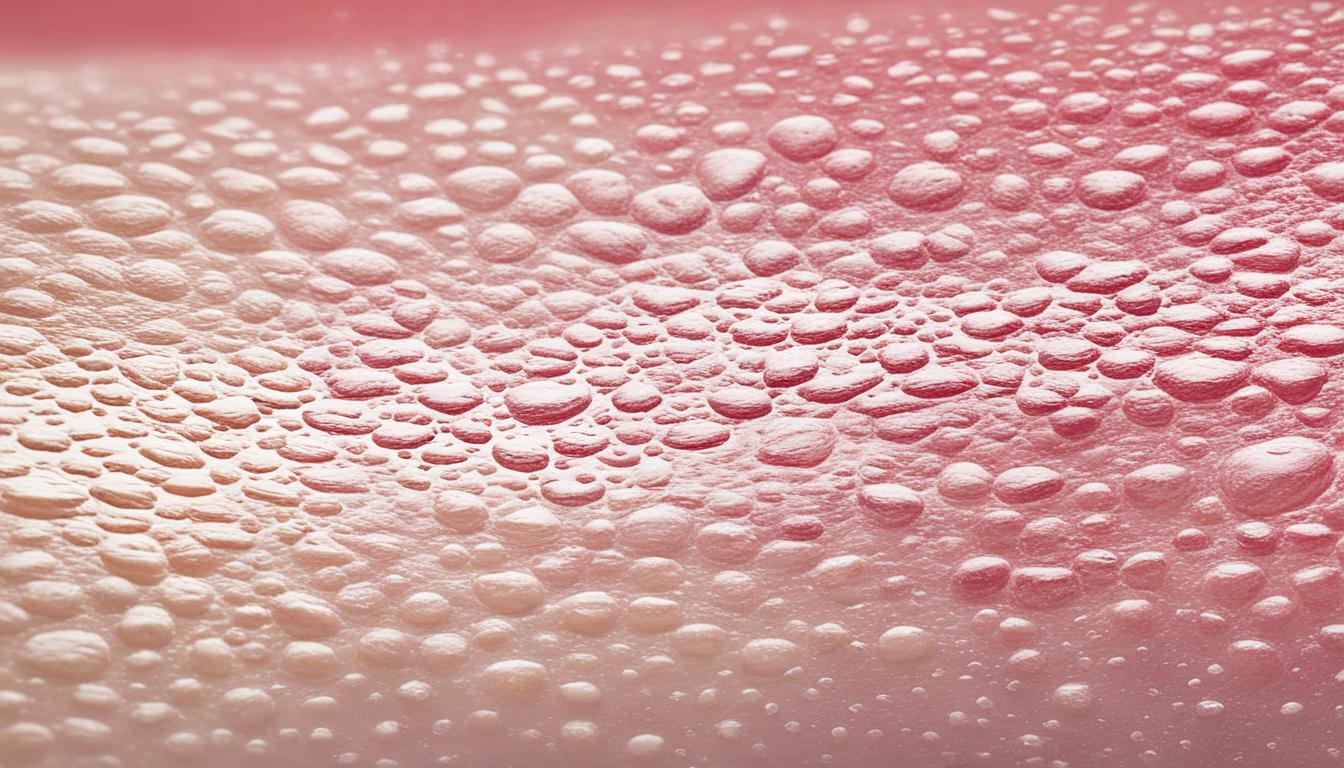Pityriasis versicolor, or tinea versicolor, is a common skin infection. It is caused by a yeast called Malassezia. You might see patches of discolored skin with a bit of surface flaking. This infection prefers to show up on teens and young adults but can hit anyone of any age.
It’s more likely to happen if you’re not eating well, use certain medications, have a weak immune system, or sweat a lot. While it’s not passed easily from person to person, it does make a comeback in about 60% of cases.
To spot pityriasis versicolor, doctors mainly look at how it appears. They might also do a simple test that involves scraping off a bit of your skin and looking at it under a microscope.
For treatment, doctors might suggest using antifungal creams like azoles and terbinafine if it’s not too severe. But if it’s a stubborn case, you might need to take antifungal pills. As of now, stem cell therapy is not an option for treating this skin condition.
To keep it from coming back, it’s a good idea to regularly use a special shampoo and sometimes take antifungal pills. These steps can keep your skin in good shape and lower the risk of getting the infection again.
Key Takeaways:
- Pityriasis versicolor is a common skin infection caused by the yeast Malassezia.
- It shows up as patches of skin that look different shades and flake a bit.
- Things like bad eating, certain medicines, weak immune system, and sweating a lot can make it more likely to happen.
- Doctors can usually tell just by looking at your skin. They may do a simple test to be sure.
- Treatments include using creams or, for severe cases, taking pills. Stem cell therapy isn’t used for this yet.
- To stop it from coming back, you should use a special shampoo and sometimes take antifungal pills.
Causes and Risk Factors of Pityriasis Versicolor
Pityriasis versicolor comes from the yeast Malassezia furfur, which normally lives on our skin. For most, this yeast causes no trouble. But too much can lead to the condition.
During puberty, hormonal changes can make your skin more yeast-friendly. This includes changing the oils on your skin. Also, warm, moist places are perfect for Malassezia yeasts.
Certain things make you more likely to get pityriasis versicolor. These include not eating well, taking steroid medicines, having a weak immune system, and sweating a lot. These can knock the skin’s microorganism balance out of control.
Risk Factors for Pityriasis Versicolor:
- Hormonal variations during puberty
- Hot and humid environments
- Malnutrition
- Systemic corticosteroid use
- Immunosuppression
- Hyperhidrosis
Knowing the causes and risks of pityriasis versicolor helps in prevention. It suggests keeping clean, not staying too long in hot, humid places, and treating any hormonal or health issues. Doing these can lower your risk of this skin problem.
Symptoms, Diagnosis, and Treatment of Pityriasis Versicolor
Pityriasis versicolor shows distinct symptoms that are key for diagnosis and treatment. Recognizing these symptoms, knowing diagnostic methods, and treatment choices is crucial. This helps in managing this fungal skin issue well.
Symptoms of Pityriasis Versicolor
One common sign of pityriasis versicolor is discolored skin patches. These can be light to dark in color. You often see them on the upper trunk, arms, and neck. Some people might itch, but not everyone does.
Diagnosis of Pityriasis Versicolor
Doctors usually diagnose pityriasis versicolor by just looking at the skin. They might also do a potassium hydroxide (KOH) scraping to be sure. This test involves taking a small skin sample from the affected area. It’s then looked at under a microscope to see if there’s yeast. This confirms the diagnosis.
Treatment Options for Pityriasis Versicolor
The main treatments for pityriasis versicolor are antifungal. Doctors often start with antifungal creams and lotions. These products, like azoles and terbinafine, are applied to the skin. They stop the fungus from growing and spreading.
For serious or returning cases, oral antifungal drugs might be needed. Medicines like ketoconazole can be taken by mouth. They work on the whole body. These are often used with the topical treatments for the best results.
The length of treatment varies. It depends on how bad the infection is and how you respond to treatment. Follow your doctor’s plan completely. This is key to getting rid of the infection and avoiding it coming back.
Using a shampoo with selenium sulphide regularly can lower the odds of the issue coming back.
So, knowing the signs, doing the right tests for diagnosis, and starting treatment quickly with either creams or oral medicines are essential. Following the full treatment plan and doing what you can to prevent it from coming back are very important steps.
Conclusion
Pityriasis versicolor, or tinea versicolor, is a common fungal skin infection. It’s caused by the yeast Malassezia. This issue shows up as discolored skin patches, light to dark, and can make people itchy. It often affects teenagers and young adults, linked with changes in hormones and hot, humid weather.
Doctors usually diagnose pityriasis versicolor by looking at these patches. They might also use a microscope to check a scraping with potassium hydroxide. For treatment, first, doctors recommend using special creams or lotions that kill the fungus on the skin. If it doesn’t get better with these, they might prescribe pills to take by mouth.
To keep this skin problem from coming back, it’s helpful to use a special shampoo and sometimes take antifungal pills. Right now, using stem cell therapy to treat this isn’t common. But, the treatments we have work well and help people feel better by reducing symptoms.

